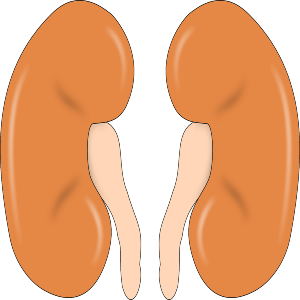 Smart Citations
Smart CitationsSee how this article has been cited at scite.ai
scite shows how a scientific paper has been cited by providing the context of the citation, a classification describing whether it supports, mentions, or contrasts the cited claim, and a label indicating in which section the citation was made.
Conventional medicines used for kidney protection in Bangladesh: a review
To describe the kidney's response to specific substances, such as dangerous compounds and pharmaceuticals, the term "nephrotoxicity" is employed. When the body is subjected to toxins or medications, nephrotoxicity is among the most prevalent side effects. Numerous medical treatments, including anti-cancer medicines, antibiotics, and some Non-Steroidal Anti-Inflammatory Drugs (NSAIDs), can cause nephrotoxicity. This review discusses a variety of drugs that can preserve the kidneys. The nephroprotective qualities of natural substances, medicinal plants, and dietary components have been examined. Medicinal plant chemicals have a significant role in pharmaceutical research. A wide range of herbs has been shown to have nephroprotective effects. Treatment of renal calculi, prevention of diabetic nephropathy, and reduction in tubular damage were all achieved. Plant-based therapies contain phytochemicals that have nephroprotective properties. Plants with nephroprotective activities have been reported on cisplatin, gentamicin, adriamycin, and urolithiasis, caffeic acid phenethyl ester assists in nephrotoxicity and free radicals radical scavenging activity, which may be utilized to prevent and treat kidney damage. In the end, investigating traditional medicines from Bangladesh that contain kidney-protecting plants is an intriguing new avenue of inquiry that could lead to effective new therapies for renal illnesses. Maintaining kidney health and enhancing the lives of countless people is only possible with further investigation into the beneficial effects of plants on renal function. However, it is crucial to find a middle ground between ancient practices and evidence-based modern medicine, stressing the importance of making educated decisions and following expert guidance to guarantee uncompromised kidney health.
How to Cite

This work is licensed under a Creative Commons Attribution-NonCommercial 4.0 International License.
PAGEPress has chosen to apply the Creative Commons Attribution NonCommercial 4.0 International License (CC BY-NC 4.0) to all manuscripts to be published.







